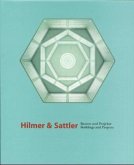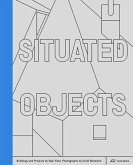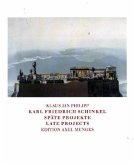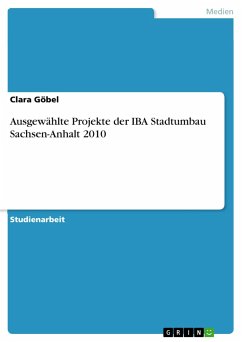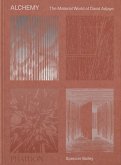Johannes Peter Hölzinger studied architecture at the Städelschule in Frankfurt am Main from 1954 to 1957. After a residency fellowship at the Deut-sche Akademie Villa Massimo in Rome he founded a "planning association for new forms of the environment" in 1965 together with Zero artist Hermann Goepfert, who has since died. One of the most successful results of his work with Goepfert was a new design for the Schloßpark in Karlsruhe on the occasion of the Bundesgar-tenschau in 1967, which won a major German architectural prize, the Hugo-Häring-Preis. From 1991 until his retirement in 2002 Hölzinger directed the art and public-space course at the Aka-demie der bildenden Künste in Nuremberg. Individualistic and oppositional in comparison to other post-World War II architectural achievements, the design of Hölzingers buildings is very distinctive. The playful elements of Postmodernism are as alien to his work as the functionalism of New Building. Because of his association with HermannGoepfert, Hölzinger is much more closely connected with the art scene of his time. The integration of art and architecture is a unique feature of his buildings. If we try to assign a category to this "object architecture" (a term he coined himself), we will find less overlap with architecture than with fine art. From the very beginning Hölzinger saw architecture as an artistic discipline. Light kinetics offered him important new perspectives. Lighting design and the resulting colour changes of white walls play a vital role in his work.
Hinweis: Dieser Artikel kann nur an eine deutsche Lieferadresse ausgeliefert werden.
Hinweis: Dieser Artikel kann nur an eine deutsche Lieferadresse ausgeliefert werden.



